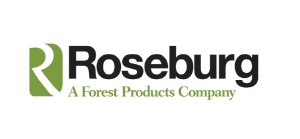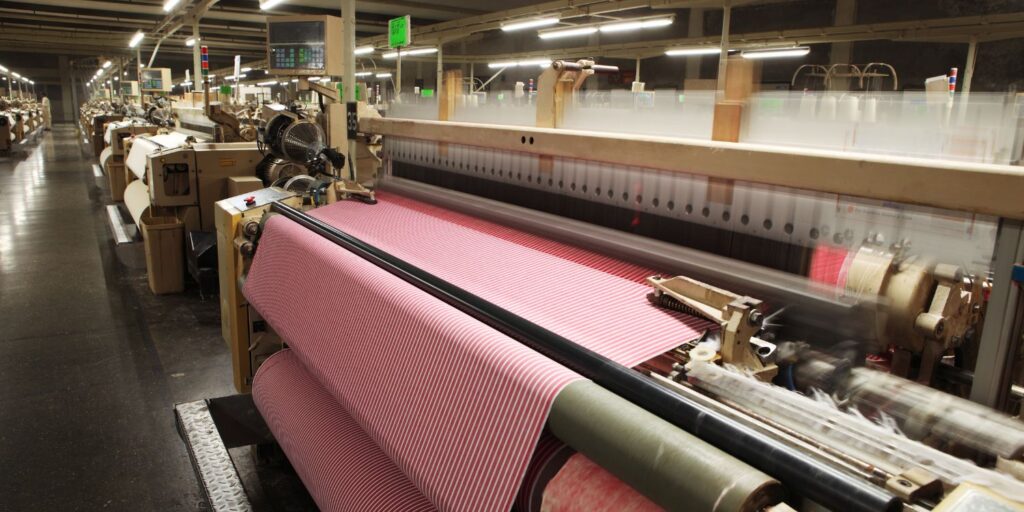Looking back on 2021, one thing is clear: the lumber and wood products industries, like much of America and much of the world, is still contending with the impact of the COVID-19 pandemic. 2021 was a year in which lumber prices skyrocketed and then dropped. It was a year of unpredictable financial dynamics that saw industry leaders facing unique challenges, seizing new opportunities, and trying to catch up to demand. It was, in short, a topsy-turvy year. Let’s look back.
Coming out of a legacy of loss
In 2020, the forestry sector was contending with an estimated loss of $1.1 billion. In addition to shutdowns due to the pandemic, disasters such as wildfires in the west and Hurricane Laura in the southeast wreaked havoc. Workers remained at home. Nobody was harvesting logs to be cut into lumber. Some mills remained closed. Those that opened needed to implement new safety protocols and acquire personal protective equipment. Some had to cut back production as workers got sick.
But at the same time, home buying boomed as consumers with money to spare left cities for the suburbs seeking a second home or a new remote working situation with space for the family to spread out. Others stayed in their existing houses but built home office additions or took care of long-delayed renovation and expansion projects. Restaurants, meanwhile, were busy building outdoor dining areas. These trends continued in 2021.
Easy Money
Driving demand, at least in part, were historically low interest rates and a flow of easy money as people tapped their 401(k) accounts to fund renovations and snap up new homes. One result was that the price of lumber soared from approximately $400 per thousand board feet in February 2020 to an all-time high of over $1,600 in early May 2021. When prices reached 300% above pre-pandemic levels, buyers balked. By summer, prices bottomed out, bringing buyers back into the fold – which helped drive up prices again.
Meanwhile, the escalating value of lumber saw an increase in theft. As thieves hit more and more job sites, companies sought to increase security. Police in several states warned contractors not to purchase lumber off Craigslist and Facebook Marketplace due to an increased chance of it being stolen.
Uncertainty and opportunity moving forward
Throughout 2021, experts monitoring the wood products and home construction industries sought to explain the reasons for undersupply. Many pointed to industry-wide misreadings regarding the economic impact of COVID-19 restrictions, combined with a ten-year period of under-building of new homes.
Today, these experts expect a new price level for 2022 of approximately $600 – but uncertainty abounds. Factors that could potentially impact the price include labor shortages, recent flooding in Canada affecting the transportation system, the US doubling its tariffs on softwood lumber, low interest rates that make housing more affordable, and warm temperatures in the US that enable homebuilders to keep building.
As it stands as of this writing, projections for 2022 suggest that supply chain challenges will persist and the US will not hit 2 million housing starts – due primarily to a lack of production capacity, low availability of lots, and higher cost of building materials. But on the bright side, these same projections suggest no recession for the coming year, an unemployment rate that will continue to go down, productivity increases due to hybrid work models, interest rates that will not exceed 4%, and a US South that will continue to be an attractive migration area.
So, was 2021 a year to remember or a year to forget? And what about 2022? The picture may be mixed, but no matter what the future holds for our industry, we at Crow are ready to support you and your operation. Give us a call (503) 213-2013 or email us to help your business grow in 2022.
Sources:
https://tradingeconomics.com/commodity/lumber
https://www.woodworkingnetwork.com/news/woodworking-industry-news/higher-lumber-prices-expected-continue-2022
https://tradingeconomics.com/united-states/housing-starts
https://fortune.com/2021/10/21/lumber-prices-wholesale-october-2021/
Who are we?
Crow Engineering is a multi-discipline consulting engineering firm serving mechanical, structural, and civil engineering needs for a variety of industries.
Engineering Services
the crow connection
Recent News
The Crow Connection delivers high-level insights on engineering, automation, and process optimization, helping you drive efficiency and innovation. Covering topics like AI-powered automation, manufacturing strategies, and industrial process improvements, it’s a must-read for leaders seeking a competitive edge.










































